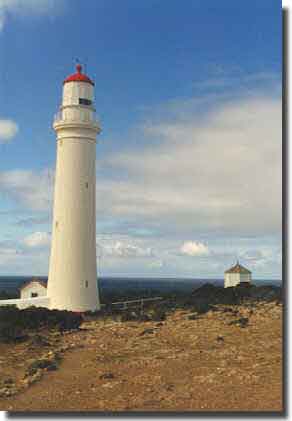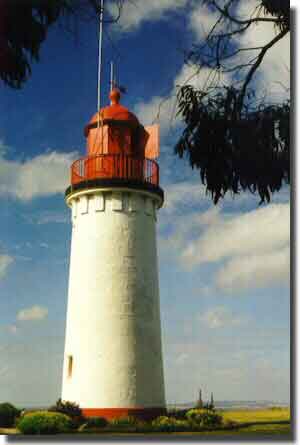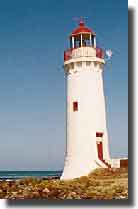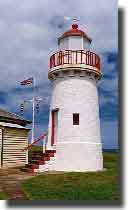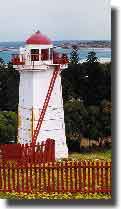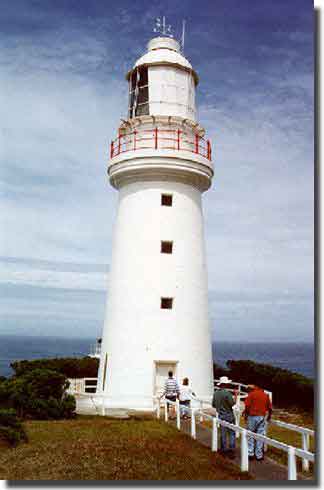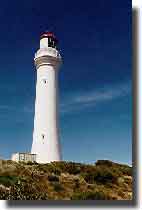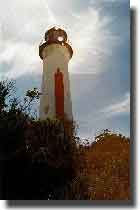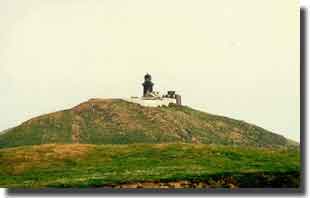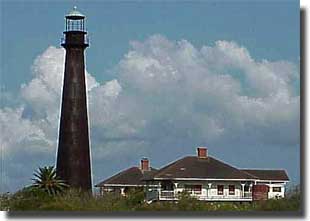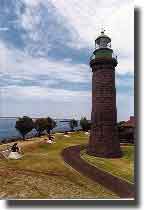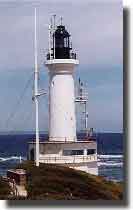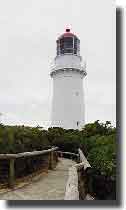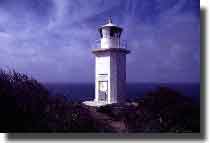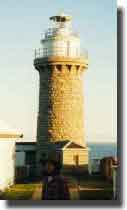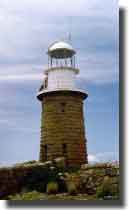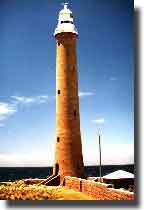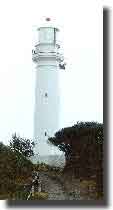|
Lighthouses on the Victorian Coast
Victoria is the smallest and most southern state on the mainland of Australia, but it probably is the site for the greatest number of maritime disasters around the entire coast of our nation. Particularly along the rugged coastline of western Victoria which stretches from Port Phillip Heads westwards to the South Australian border, to be known as the Shipwreck Coast. A number of Lighthouses have been built on both sides of Port Phillip Bay which sits almost in the centre of the total coast line that delineates this state. The narrow entrance to Port Phillip Bay is guarded by the Heads, on one side is Port Lonsdale and on the other Queenscliff, the small opening through which the tide may race both inwards and outwards to and from the Bay is called the Rip. In the early days of this Colony, when travel mainly from Europe was by means of sail, the welcome beam of a Lighthouse was not available, and subsequently many ships did not reach port, but became stranded on rocks, or the rugged cliffs that abound along this dangerous Victorian Coast. This small work seeks to both list and illustrate the Lighthouses that were built along the coastline of Victoria in an endeavour to bring the sailor, his ship, passengers, and cargo safely into port at the end of their long journey.
|

